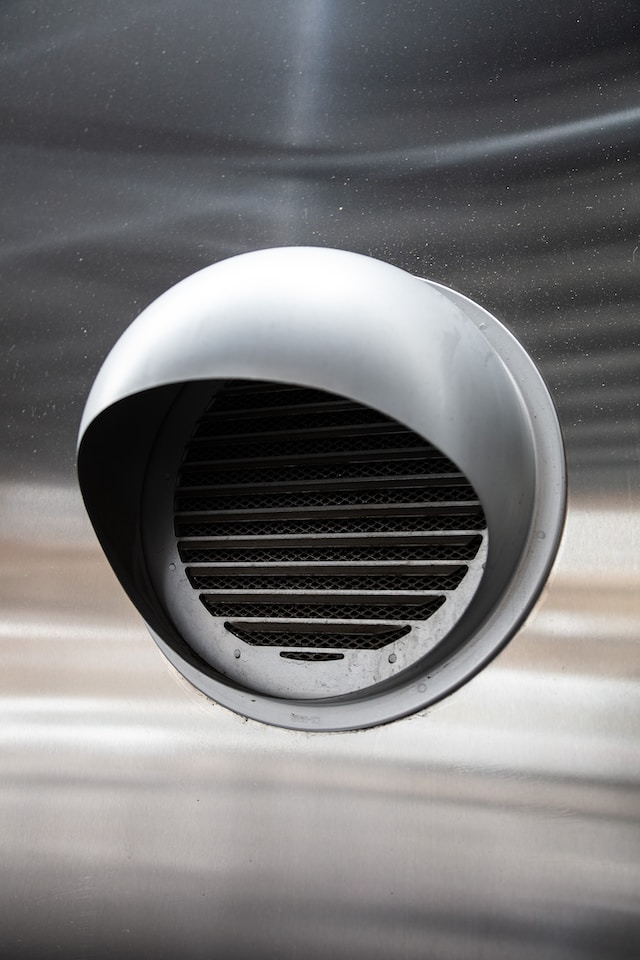Breathing in and out seems simple enough, right? Unfortunately, in a home with poor ventilation, breathing in and out hard might leave you suffocating from a lack of fresh air. It’s like being at a party where the only person talking to you reeks of alcohol. But poor ventilation doesn’t have to be a life sentence.
By identifying the signs of poor ventilation and the issues causing it, seeking solutions like the ez breathe ventilation system from Aqua Lock become easier. Here are five signs of poor ventilation that you should watch out for and several solutions you can use to combat the problem.
Table of Contents
Mold or Mildew
One common sign of a poorly ventilated building is mold or mildew. Proper ventilation allows fresh air to enter and circulate throughout your home. But without fresh air, moisture rises, and mildew problems soon follow. The scary aspect of having molds in your building is that it only takes one to two days for it to start spreading. And the longer the mold stays in your home, the more difficult it becomes to remove them.
You can identify mold or mildew in the following ways:
- The presence of a white/gray or green substance on your walls.
- On leaking pipes
- Visible stains on the ceiling and walls leftover from moisture
- A musty smell
- Peeling or bubbling of paint
- Medical or physical symptoms like frequent headaches, dizzy spells, nausea
Excessive Heat in Your Attic
Another sign of poor ventilation is a sweltering attic. While the heat may be ideal during winter, its temperature should be similar to your surrounding outdoor temperature. Poor ventilation causes the hot air to concentrate at your attic’s highest point and stay there. Too much heat results in an uneven roof temperature, overworked HVAC, costly headaches, and increased energy bills. How do you determine if your attic has excessive heat? You can use an indoor wall thermometer to check if your attic temperatures are higher than usual.
Ice Dams
There’s nothing quite as magical as icicles on your roof’s perimeter. However, don’t let that beauty deceive you, as those icicles could be an indication of poor ventilation. How, you may ask? As mentioned earlier, poor ventilation causes excessive heat in your attic. This heat melts the ice and snow on your roof, causing meltwater to run down your roofline.
Once that water contacts the roofline’s edge, it immediately refreezes and creates an ice dam. The trapped moisture backs up beneath your shingles and eventually works its way inside your home through the walls and ceiling. If left untreated, this ice dam cycle can end up causing significant damage to your home.
Curling or Cracked Shingles
Having cracked or curling shingles doesn’t sound that dangerous. But it can indicate an even more complicated issue like poor ventilation. Extreme roof temperatures from poor ventilation cause all the dust and water vapor to create moisture on the roof shingles. This moisture ends up causing your roof shingles to deteriorate or curl up.
Visible Moisture on Your Home’s Plywood
The last sign of poor ventilation is wet plywood, especially in your attic. Condensation occurs when moist, warm air gets trapped against your attic’s ceiling. This process is what causes moisture to accumulate on plywood. Aside from the plywood, look for beaded water on rusted nails, hard surfaces, or rust stains around the nail heads. Ensure you address the visible moisture, as it can quickly become a breeding ground for mildew and mold.
Now that you know the possible signs of poor ventilation, what solutions can you use to address this issue?
Use a Ventilation System
One viable solution to address poor ventilation is the use of ventilation systems. These systems can help you mitigate the potential growth of mold and mildew in areas around your house prone to moisture buildup.
Filter the Air
If you have an HVAC system, you can filter the air in your home. Also, ensure you change the filter every three months or per your HVAC manufacturer’s instructions. This will help ensure that clean and fresh air constantly flows in your home despite the poor ventilation.
Open Doors and Windows
Fresh outdoor air can help with proper air circulation in your home. Therefore, when it is safe to do so, open your doors and windows to allow fresh air inside. But, if opening your doors or windows isn’t safe, you can consider using fans.
Remember, your health is important, so never take a chance when it comes to poor ventilation. If you are unsure what measures to take, contact experts for assistance.

